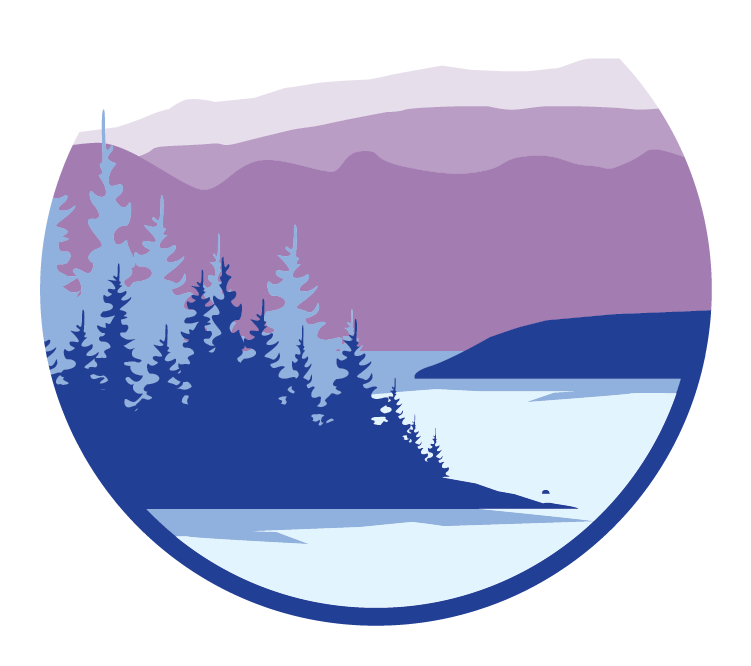Sewage expansion near Somers: what’s happening, what’s at stake
Flathead waters face a growing challenge. Flathead County urgently needs modern wastewater treatment to serve both existing and new homes. But the location and design of the proposed Lakeside County Water & Sewer District expansion, north of Somers, near Wiley Slough and the Flathead River, raise serious concerns for the lake’s long-term health.
PERMIT ISSUED: In April 2025, the Montana DEQ issued a discharge permit (MGWPCS MTX000307) allowing Phase 1 construction (headworks, lift station, force main, and a septage receiving facility). Discharge to groundwater via rapid infiltration would not begin until Phase 2 is built.
READ the DEQ Permit
LAWSUIT: Citizens for a Better Flathead and the Confederated Salish & Kootenai Tribes sued to halt or modify the permit, citing risks to Wiley Slough, Ashley Creek, the Flathead River, and Flathead Lake. A preliminary-injunction request, heard on Oct. 14 in Kalispell, was denied by the court because DEQ had not yet provided the Court with the complete administrative hearing record.
What scientists are saying
Independent analyses by Dr. F. Richard Hauer and HydroSolutions hydrologists find that:
The proposed site lies in a shallow, highly connected aquifer that quickly exchanges water with the river and lake.
DEQ’s modeling of nutrient travel time and soil capacity is too limited for such a complex system.
Even high-quality effluent still contains hundreds to thousands of times more nitrogen and phosphorus than Flathead Lake’s natural background levels.
Read Dr. Hauer’s report
A balanced path forward
We agree: Flathead County needs reliable wastewater solutions. But we also need better siting and best-available treatment to safeguard Flathead Lake. The community can both expand treatment and protect the lake by:
Requiring a site alternatives study with a numerical groundwater model before Phase 2 discharge begins,
Adopting stringent treatment (e.g., Membrane Bioreactor + Phosphorus Polishing) to achieve ≤ 0.01 mg/L TP (ultra-low phosphorus), as recommended by the Flathead Lake Biological Station
Including mandatory public reporting, PFAS testing, and automatic corrective actions into the permit.
Conducting an independent review of floodplain and groundwater interactions during high-water events.
We commend efforts by Citizens for a Better Flathead and Confederated Salish and Kootenai Tribes to challenge the permit.
What you can do
Stay informed and speak up for clean water.
Share information with neighbors.
Contact county and state officials to support responsible wastewater planning.

